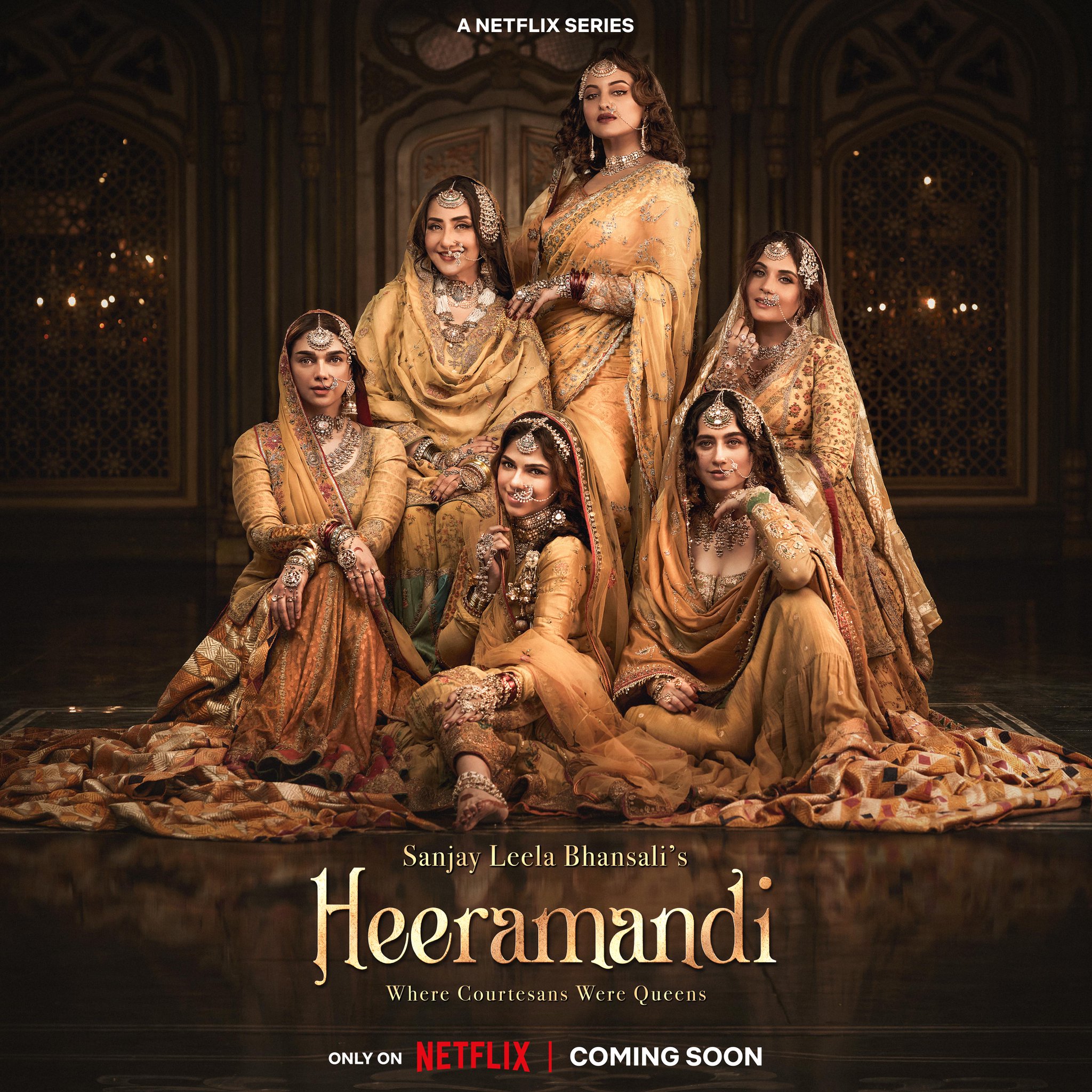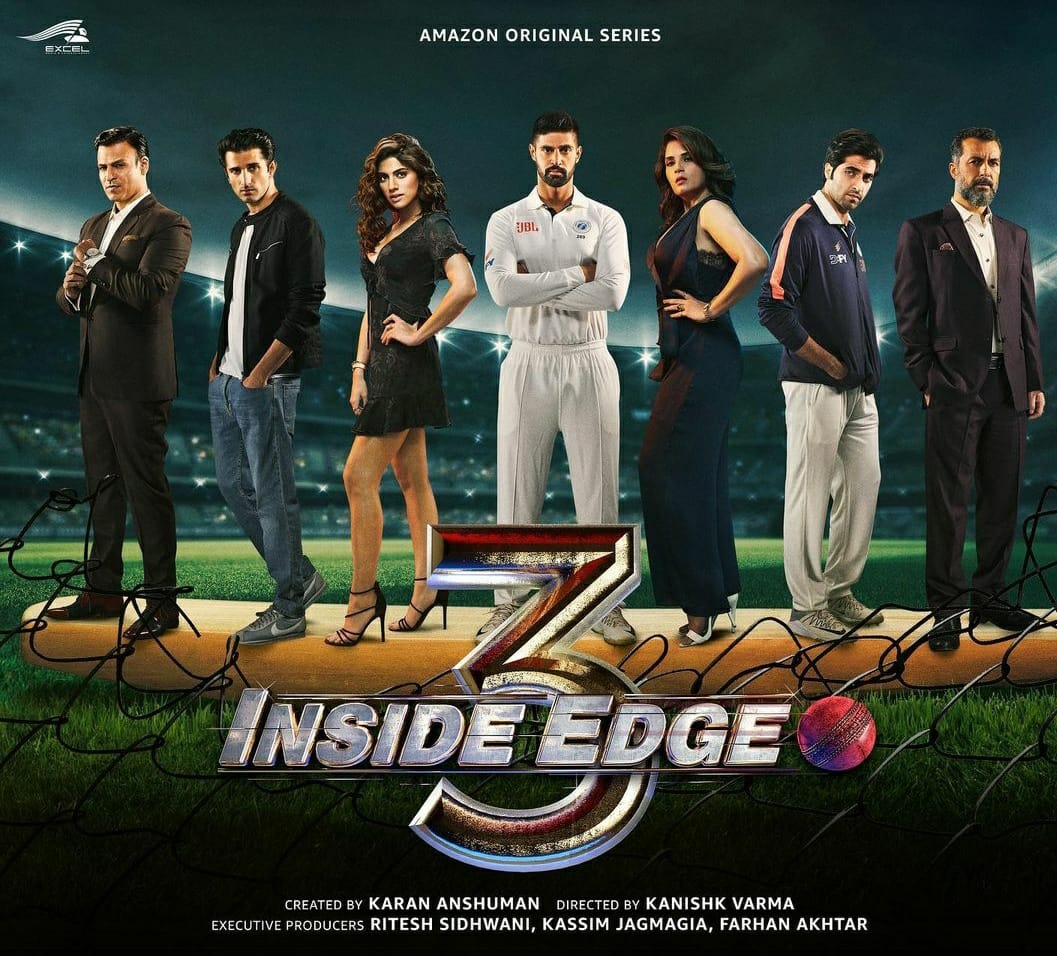From the retro era with films like Sholay (1975) and Amar Akbar Anthony (1977) to the onset of the new millenium with Hum Saath-Saath Hain (1999), and Kabhi Khushi Kabhie Gham (2001) ensemble films used to be the big money makes on the ticket counters. However, in recent years, these big films have dwindled. But what films gave up, OTT made its USP as ensemble shows became the highlight of the digital screen, as shows like Delhi Crime, Jubilee, City Of Dreams, Heeramandi and IC 814: The Kandahar Hijack becoming big successes. While the audience loves having a feast of talent on screen, what makes actors say yes to them?
A learning opportunity
The biggest plus point for any actor in an ensemble is the opportunity of getting to learn from the talent around them. “Because of the give and take, the stories become livelier. It helps an artiste as everyone comes from a different background and culture and it makes the environment more interesting,” says actor Geetanjali Kulkarni who has worked in Gullak.
Hush Hush, Bambai Meri Jaan and Tandav actor Kritika Kamra insists that ensembles keep her on her toes. “It brings the challenge of keeping up and creating something that sets you apart. At the same it gives you an opportunity to be a part of something that’s bigger in scale and ambition. It also requires you to be secure and confident and always prioritise the story above your own arc,” she says.

Room for development
Akshay Oberoi, who has been a part of Inside Edge, Illegal and The Broken News, believes the luxury of time on web also adds to the appeal. “OTT is not limited by time, so there is room for character arcs to develop. That’s why you see so many ensembles on the OTT space. It has character-driven subplots for everyone, and it entices good actors. And when amazing talents get together on OTT, it also challenges the film world and pushes them to improve,” he says.
His Inside Edge co-star Tanuj Virwani, who has also done ensemble shows like Cartel and Murshid, resonates with the perspective as he says, “In a film, the structure is very different as it has a beginning, an interval and a climax. You have your quintessential hero, an antagonist and a heroine. But in a long format, you get eight-nine hours of screen time to portray a fully fleshed out story. If you have only two to three characters for that long, no matter how interesting your story is, it will start to get redundant. But having different colours through more characters makes your show bingeworthy. Every character gets to be the hero of their own story.”
Virwani adds that it creates more opportunities too: “You’d have a Vijay Varma or a Siddhant Chaturvedi break out once in a while from OTT to films, but the opportunities are very limited as the hierarchy system there is very different. You still need to have the typical male lead image, but that’s not there in OTT. So, this is an area where web triumphs big screen.”

The challenges
But bringing ensembles together has its own set of challenges. Heeramandi casting director, Shruti Mahajan, shares, “The challenge often lies in addressing the natural hesitations some actors may have about being part of an ensemble. Unlike films where a single actor often carries the narrative, ensemble casts require each actor to understand that the story is shared. Every actor wants the story to focus on them but ensuring that every actor feels their role is significant while contributing to the chemistry and dynamics of the group is crucial.”
Director of Mirzapur season 1 and Rana Naidu, Karan Anshuman agrees that managing so many actors together can be a bit of a challenge. “Working with an ensemble cast is a balancing act as actors have historically aways jostled for screen time and space. But it is a challenge I relish. Actors also understand that series, unlike films, isn’t always about one lead, it’s about how all these characters interact and drive the story forward. In the end my job is to convince them that every contribution is one towards weaving it all together in a way that serves the bigger picture,” he ends.


